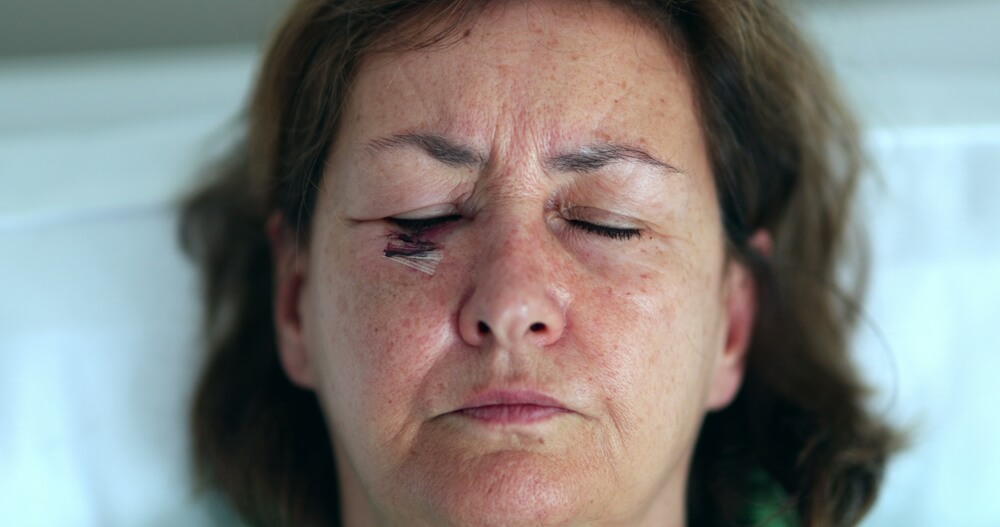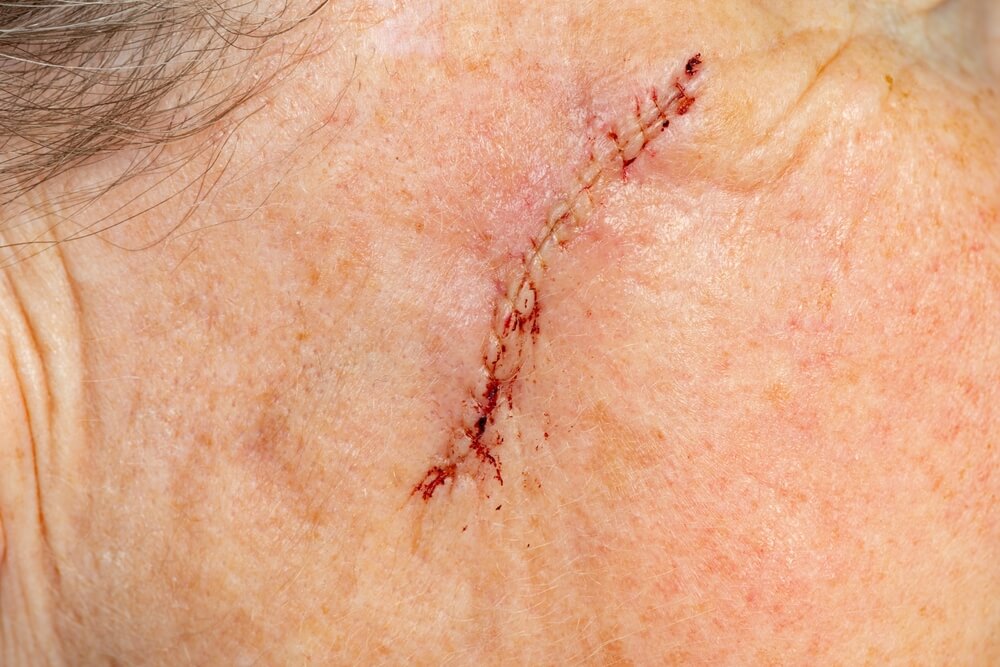Mohs surgery, a highly specialized and precise technique for treating skin cancer, has become a cornerstone in dermatological oncology. This procedure, renowned for its effectiveness and minimal invasiveness, stands as a beacon of hope for individuals facing skin cancer diagnoses.
In this comprehensive guide, Dr. Omar Rashid and his seasoned team explore everything you should know about Mohs surgery, shedding light on its process, benefits, potential risks, and its crucial role in skin cancer treatment.
Understanding Mohs Surgery: Precision in Skin Cancer Treatment

Mohs surgery, an advanced and highly specialized technique pioneered by Dr. Frederic Mohs, has revolutionized the landscape of skin cancer treatment. This meticulous and controlled procedure is primarily employed for specific types of skin cancer, offering unparalleled precision in tumor removal. Here, we delve into the intricacies of Mohs surgery, uncovering its distinctiveness and the meticulous process that sets it apart from traditional excision methods.
Pioneering Precision
Named after its visionary inventor, Dr. Frederic Mohs, this surgical technique was introduced in the 1930s and has since evolved into a gold standard for treating certain types of skin cancer. The fundamental principle behind Mohs surgery is its commitment to achieving the highest level of precision in tumor removal while minimizing the impact on surrounding healthy tissue.
The Sequential Removal Process
Unlike traditional excision methods, Mohs surgery adopts a unique and sequential approach to tissue removal. The surgeon begins by excising the visible tumor along with a thin layer of surrounding tissue. What follows is a distinctive and iterative process that distinguishes Mohs surgery from other surgical methods.
- Microscopic Examination: Immediately after the removal of each layer, the excised tissue is meticulously examined under a microscope. This real-time examination allows the surgeon to assess the presence of cancer cells with unparalleled accuracy.
- Iterative Removal: If cancer cells are detected in the examined tissue, the surgeon precisely targets and removes another layer only from the areas where cancer cells are present. This iterative process continues until microscopic analysis reveals no evidence of remaining cancer cells.
Ensuring Optimal Precision
The iterative nature of Mohs surgery ensures that only the necessary amount of tissue is removed, maximizing the preservation of healthy skin. This level of precision is particularly crucial in areas where tissue conservation is paramount, such as the face. By directly visualizing the margins during surgery, the surgeon can tailor each excision to the unique characteristics of the tumor, achieving a level of accuracy unmatched by traditional methods.
Advantages Of Mohs Surgery Over Traditional Excision
The meticulous approach of Mohs surgery offers several advantages over traditional excision methods:
- High Cure Rates: Mohs surgery consistently achieves high cure rates, minimizing the risk of cancer recurrence.
- Tissue Preservation: By removing tissue layer by layer, Mohs surgery preserves healthy tissue, minimizing scarring and optimizing cosmetic outcomes.
- Minimized Impact: The precise nature of Mohs surgery minimizes the impact on surrounding healthy tissue, making it especially suitable for tumors in sensitive or cosmetically significant areas.
Mohs Surgery Process
The Mohs surgery process is an intricately choreographed sequence that combines surgical precision with real-time microscopic examination, setting it apart as a gold standard in skin cancer treatment. Let’s delve deeper into the steps of this meticulous procedure, unraveling its unique approach to tumor removal and the preservation of healthy tissue.
Tissue Excision
The Mohs surgery journey begins with the surgeon’s skilled hands delicately excising the visible tumor along with a thin layer of surrounding tissue. This initial step is crucial as it sets the stage for the microscopic scrutiny that follows. The surgeon navigates this phase with a keen eye for detail, ensuring the removal is both comprehensive and focused on the eradication of cancerous cells.
Microscopic Examination
The excised tissue undergoes an instantaneous transition from the surgical field to the laboratory, where it is meticulously prepared and examined under a high-powered microscope. This microscopic exploration serves as the eyes into the invisible world of cellular structures. The surgeon, often working in tandem with a dedicated pathology team, scrutinizes the tissue to identify any remaining cancer cells. This real-time examination is a pivotal aspect of Mohs surgery, offering immediate feedback that guides the subsequent steps.
Layer-by-Layer Removal
Should the microscopic examination reveal the persistence of cancer cells, the process enters a unique phase of iterative layer-by-layer removal. In response to the microscopic findings, the surgeon precisely targets and removes another layer of tissue, specifically from the areas where cancer cells are identified. This cycle repeats until the samples exhibit no signs of cancer. The iterative nature of this removal process ensures the utmost precision, sparing healthy tissue while systematically eradicating cancerous cells.
Preservation of Healthy Tissue
One of the standout advantages of Mohs surgery is its commitment to preserving healthy tissue. The surgeon’s ability to discern between cancerous and healthy tissue at a microscopic level allows for the meticulous removal of only the affected areas. This precision is particularly crucial in anatomically sensitive regions, such as the face, where preserving healthy tissue is paramount for both cosmetic and functional outcomes. By sparing healthy tissue, Mohs surgery achieves a delicate balance between eradicating cancer and maintaining the integrity of the surrounding skin.
Skin Cancer Treatment
Mohs surgery is particularly effective in treating various types of skin cancer, including basal cell carcinoma and squamous cell carcinoma. Its precision makes it especially valuable for cancers located in sensitive or cosmetically significant areas, such as the face.
Also, Mohs surgery has emerged as a gold standard in skin cancer treatment, particularly for cases requiring precision and tissue preservation. It offers a nuanced and patient-centered approach, ensuring optimal outcomes for individuals facing skin cancer diagnoses.
Benefits of Mohs Surgery

- High Cure Rates: Mohs surgery boasts remarkably high cure rates, surpassing those of traditional excision methods.
- Tissue Preservation: By selectively removing only cancerous tissue, Mohs surgery minimizes damage to the healthy surrounding skin.
- Cosmetic Outcomes: The procedure is especially advantageous for skin cancers on the face, where preserving aesthetics is crucial.
Mohs Surgery Risks
While Mohs surgery is generally well-tolerated, like any medical procedure, it carries some inherent risks.
- Bleeding and Infection: As with any surgery, there is a minimal risk of bleeding and infection at the surgical site.
- Scarring: While Mohs surgery aims to preserve healthy tissue and minimize scarring, individual healing responses can vary.
- Recurrence: In rare cases, skin cancer may recur, necessitating additional treatment.
A Beacon of Precision in Skin Cancer Treatment
In conclusion, Mohs surgery stands as a beacon of precision and efficacy in the realm of skin cancer treatment. Its meticulous approach, high cure rates, and focus on preserving healthy tissue make it a preferred choice for many patients and dermatological professionals alike. By understanding the Mohs surgery process, its benefits, and potential risks, individuals can make informed decisions about their skin cancer treatment, fostering confidence in the pursuit of both health and aesthetics. As the field of dermatological oncology continues to advance, Mohs surgery remains a testament to the relentless pursuit of innovation in the service of patient care and well-being.
As such, if you want to learn more about the procedure, or want to voice your concerns, feel free to reach out to us and schedule an appointment as soon as possible.
Remember, we are here to help.


